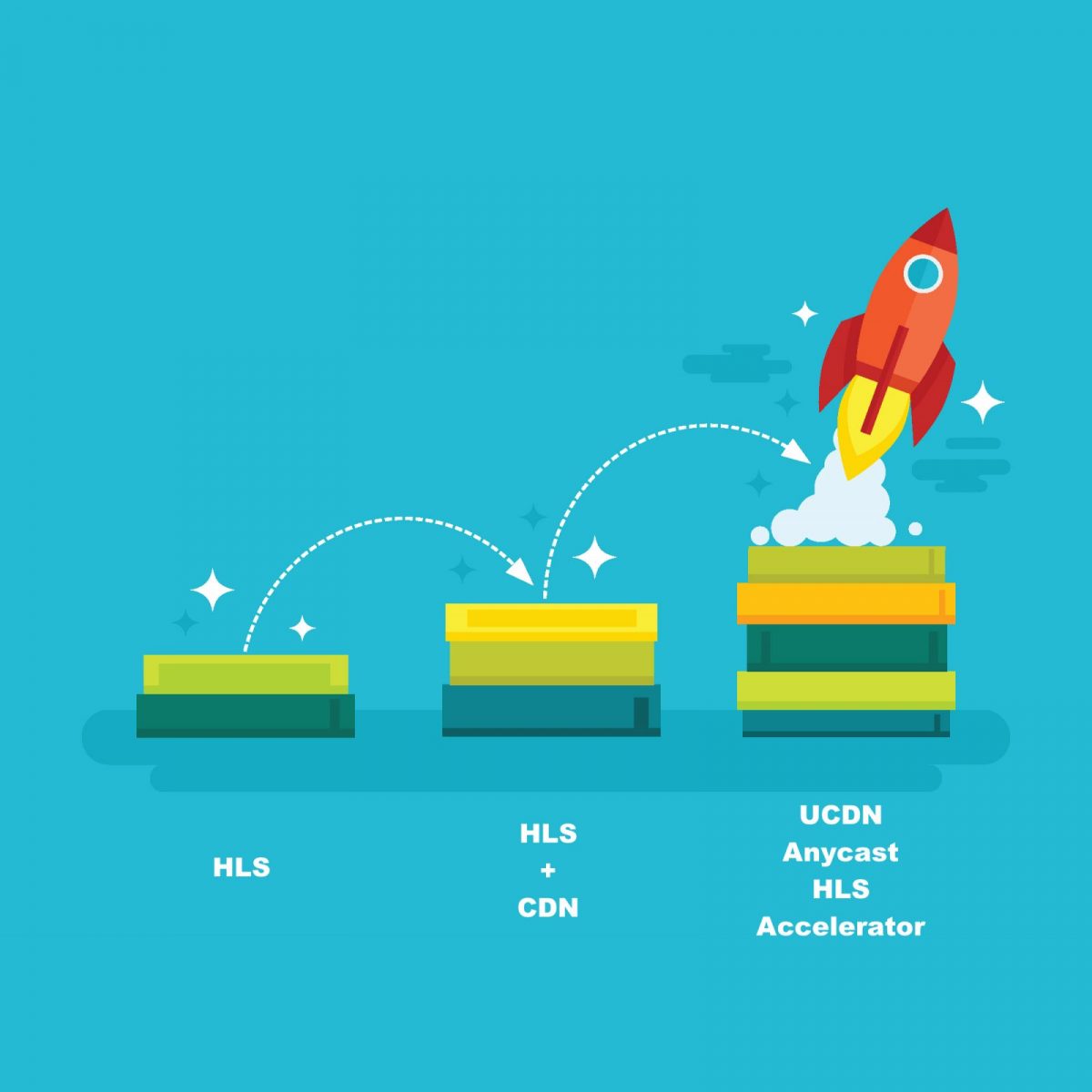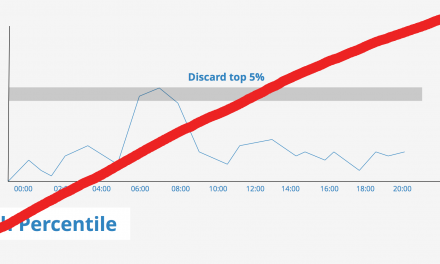Introducing UCDN Аnycast HLS Accelerator
If this article gets your attention probably you are aware of what HLS is. But let us give you a brief explanation of how it works just to point out the improvements we have recently implemented.
HTTP Live Streaming (also known as HLS) is an HTTP-based adaptive bit rate streaming communications protocol developed by Apple Inc. Adaptive bit rate streaming means that the client media software dynamically detects the Internet speed of the user, and then adjusts video quality in response. Support for this protocol is widespread in media players, web browsers, mobile devices, and streaming media servers.
Technical Overview Of HLS Streaming
With normal HTTP streaming the HLS protocol separates the video file into smaller segments (also called chunks) with the “.ts” file extension (MPEG2 Transport Stream). Since the HLS is an adaptive bit rate protocol, the bit rates must accommodate and adapt to the channel bandwidth and other parameters of the media player. The video delivery starts by delivering a single file called Manifest File (master.m3u8) that contains links to alternate index files.
The alternate index files contain multimedia playlists and references to the actual video segments. Based on the bandwidth of the currently available connection of the user, HLS allows the media player to adjust the video to the best possible quality.
HLS streaming format
The video files need to be encoded in H.264(AVC) or in H.265(HEVC) compression algorithm for encoding video streams, which are supported by most of the modern browsers.
What is Anycast And How We Use It To Speed Up The Deliver
Anycast, known as IP Anycast, is a method that allows a single IP address to be announced from multiple servers on the Internet. The purpose is that the data is sent to the closest server based on the location of the user request. As a result, the network hops and latency are reduced along with the time required for data transfer.
On the Anycast scheme scenario below, you can see how the requests made from two different locations have been routed through the shortest available path.

We speed up the Video delivery by using Anycast addressing and by caching the master manifest, the alternate index files along with the first one or two .ts chunks. Then we serve them on demand through our powerful edge servers located in the closest data center, making it the fastest possible method for delivering video files. This will lead to speeding up video start and gives us a bit of time so we can get the rest of the segments, while the first or two .ts chunks are playing.

With the optimization that we have made, the HLS stream will be delivered through the UCDN edge servers allowing faster live streaming and better user experience.



